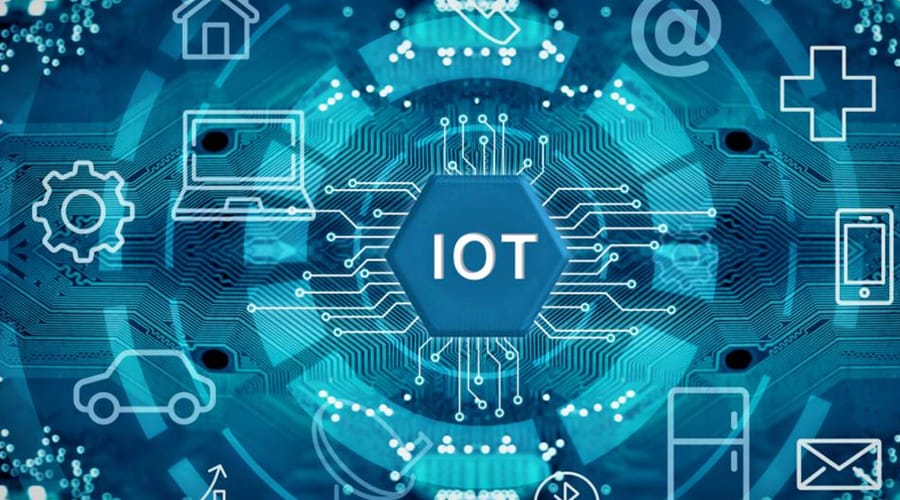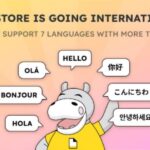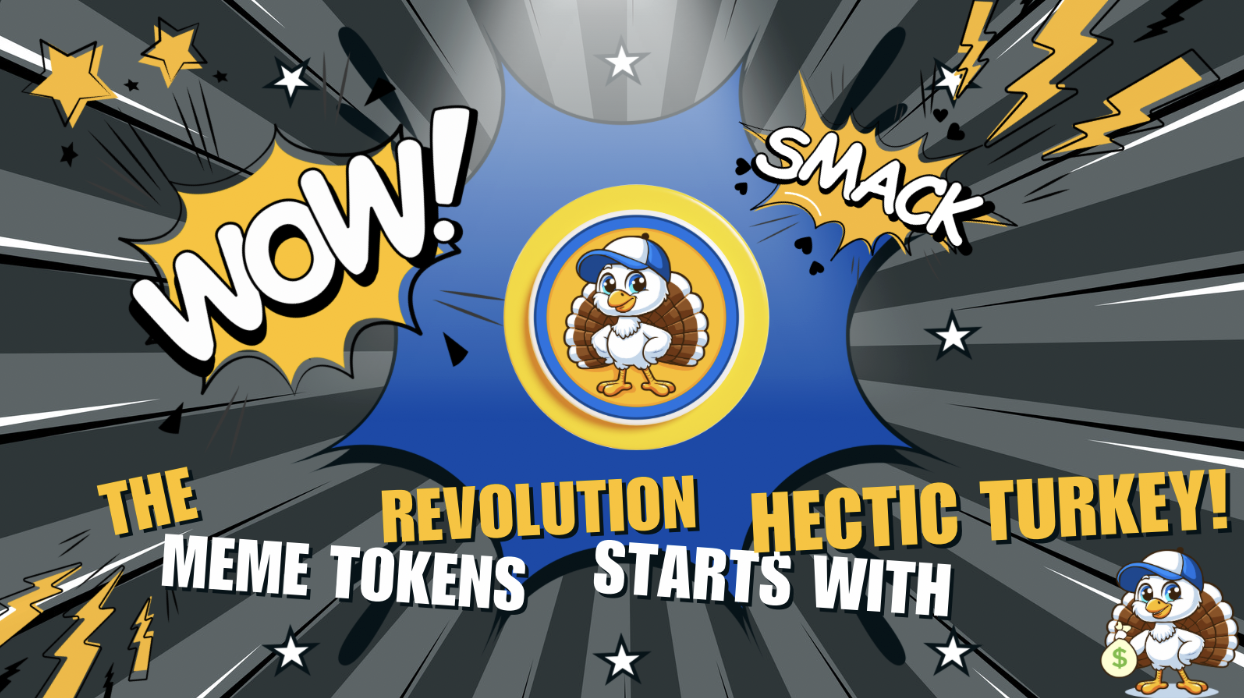
Blockchain and the Internet of Things (IoT): Opportunities and Challenges
- Antonio Anderson
- March 1, 2023
- Blockchain
- blockchain, cybersecurity, data privacy, internet of things, transparency
- 0 Comments
Blockchain technology and the Internet of Things (IoT) can revolutionize how we store, share, and process data. Blockchain provides a decentralized and tamper-proof ledger that can ensure the authenticity and integrity of data generated by IoT devices. This can help address the security and privacy challenges associated with IoT devices, such as data breaches and cyber-attacks. Additionally, the combination of blockchain and IoT can lead to more efficient supply chain management, enhanced energy management, and the automation of certain processes through the use of smart contracts. However, integrating these two technologies presents challenges such as scalability, interoperability, and cost, which must be addressed to realize their potential fully.
What is Blockchain?
Blockchain is a decentralized, immutable, and distributed ledger technology that provides a secure and transparent way of storing data. In a blockchain, data is stored in blocks that are connected to each other in a chain-like structure. Each block contains a hash of the previous block, timestamp, and data. Once data is stored in a block, it cannot be modified or deleted, making it a tamper-proof and secure technology.
What is the Internet of Things?
The Internet of Things (IoT) refers to the network of interconnected devices, sensors, and objects that are embedded with software, sensors, and connectivity to enable the exchange of data. This network of devices, also referred to as the “smart” or “connected” devices, can interact with each other and their environment to automate tasks and provide new services. IoT devices can range from wearables, such as smartwatches and fitness trackers, to industrial sensors and autonomous vehicles. With the proliferation of IoT devices, there has been a significant increase in the amount of data generated, presenting opportunities and challenges for businesses and individuals alike.
Opportunities of Blockchain and Internet of Things
- Secure data exchange
IoT devices collect and exchange a vast amount of data. This data is often sensitive and requires secure storage and exchange. Blockchain technology can be used to secure the exchange of data between IoT devices by providing a decentralized and immutable ledger. This ledger can ensure the authenticity and integrity of the data, making it difficult for attackers to tamper with it.
- Improved supply chain management
Blockchain can provide end-to-end visibility and transparency in the supply chain. IoT devices can collect and record data such as temperature, location, and time stamps and store them on the blockchain. This can help track the movement of goods and ensure that they are not tampered with or stolen. Additionally, blockchain can enable smart contracts to automate certain aspects of the supply chain, such as payments and inventory management.
- Enhanced energy management
IoT devices can be used to monitor and manage energy consumption in homes and buildings. Blockchain can be used to create a decentralized energy management system that rewards users for conserving energy. The system can use smart contracts to adjust energy usage and automatically reward users for their efforts. This can lead to reduced energy consumption and lower costs for users.
Challenges of Blockchain and Internet of Things
- Scalability
Blockchain technology is still in its early stages and is not yet scalable enough to handle the vast amounts of data generated by IoT devices. The current blockchain infrastructure can only handle a limited number of transactions per second. Implementing blockchain-based solutions for IoT applications that require real-time data processing makes it difficult.
- Interoperability
IoT devices operate on different platforms and protocols, making it challenging to develop a standardized approach for blockchain integration. The lack of interoperability between different IoT devices can make creating a unified blockchain-based solution for IoT applications difficult.
- Cost
Blockchain technology is still relatively expensive, making it difficult to implement on a large scale. Additionally, the cost of deploying Internet of Things devices can be high, especially in areas where there is limited infrastructure. The cost of deploying blockchain-based solutions for IoT applications can be a significant barrier to adoption.
Conclusion
Blockchain technology has the potential to address the security and privacy challenges of IoT. By providing a secure and transparent way of storing and exchanging data, blockchain can help secure the IoT ecosystem’s interconnected devices. However, the scalability, interoperability, and cost challenges of blockchain and IoT integration must be addressed to realize the full potential of this technology. The future of IoT and blockchain integration looks promising, and with the development of new solutions and standards, we can expect to see more innovative applications in the future.





